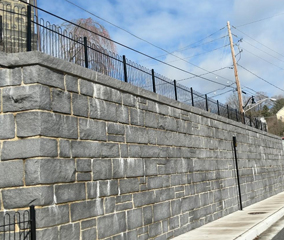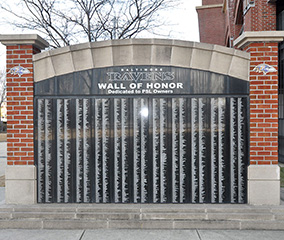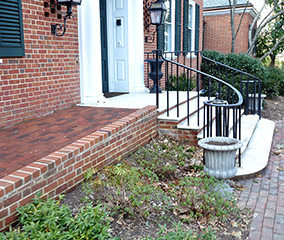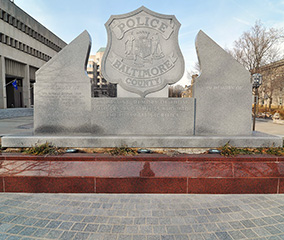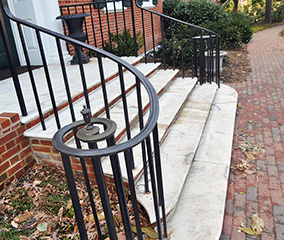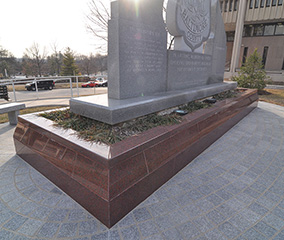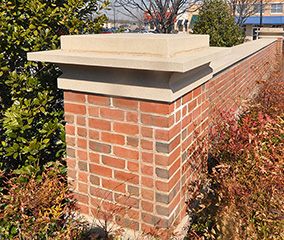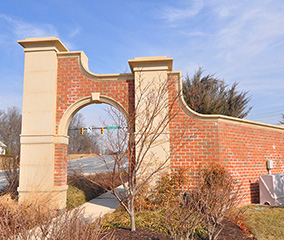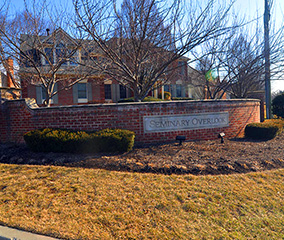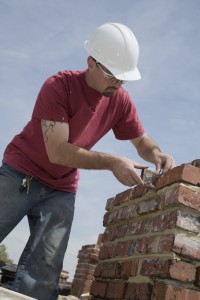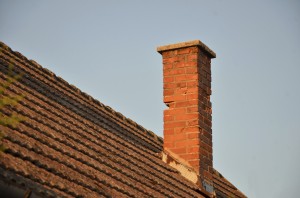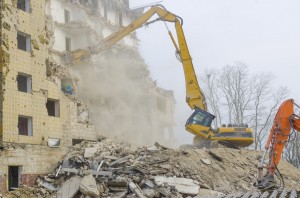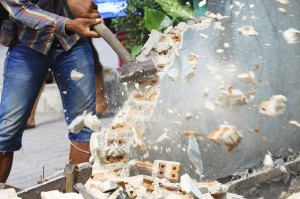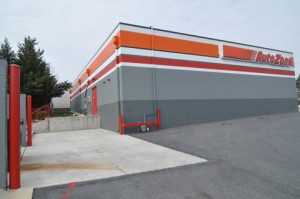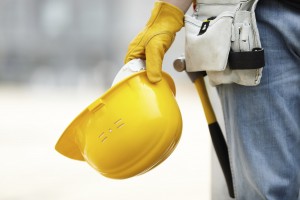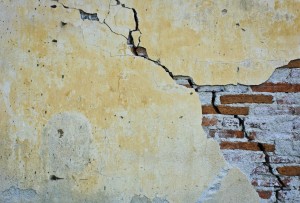 Mortar restoration, also known as re-pointing, is a method used by masons to keep a brick building holding together physically and aesthetically the way it was intended. Brick and mortar is a solid method of building structures and a very common method used by masons all around. In fact, brick and mortar, also known as masonry, can last a long while before maintenance is needed. The average time masonry can safely go without repairs (barring any sort of natural disasters) is 50-100 years. However, once that time has been reached, it is suggested that the home/business owner consider masonry restoration.
Mortar restoration, also known as re-pointing, is a method used by masons to keep a brick building holding together physically and aesthetically the way it was intended. Brick and mortar is a solid method of building structures and a very common method used by masons all around. In fact, brick and mortar, also known as masonry, can last a long while before maintenance is needed. The average time masonry can safely go without repairs (barring any sort of natural disasters) is 50-100 years. However, once that time has been reached, it is suggested that the home/business owner consider masonry restoration.
What are the signs?
A range of 50-100 years is a long margin of time before needing restoration; such a great margin makes it hard to determine when re-pointing should be done. If your house was built in 1950 should you have re-pointed your masonry in the year 2000, or should you wait until 2050? Knowing the signs of wear can help make the decision earlier. Examining the joints, meaning the area between the bricks where the mortar meets brick, would be step number one in this endeavor.
- Weathered or flakey mortar can be a sign of deteriorating integrity in the masonry.
- Cracked or missing mortar is a definite sign and re-pointing would definitely be recommended
- Mismatched coloring in the mortar. This is a sign of an inappropriate re-pointing done in the past and the integrity is hard to tell on face value. Re-pointing can be done as a precaution.
If done correctly, re-pointing won’t have to be done for another 50-100 years, depending on certain elements like climate, rainfall, wind, etc. These may seem like small details but in the possible span of 100 years, the amount of tiny raindrops on your home can factor into the frequency of your home’s mortar restoration. However, if done correctly and all elements are taken into account, you can get at least 50 years out of your masonry.
What to do now
To reiterate, re-pointing can greatly improve the lifespan of a building. Without doing so, the structural integrity can become compromised. Water damage could also occur if restoration is not sought after, degrading the masonry itself and allowing water to enter the house. Del Prete Masonry is a business of professionals, dedicated to solid work that stands the test of time. Unless you get work on multiple brick walls, you may only meet the excellent masons of Del Prete once, at least for re-pointing, as their job is always done right.
To get started with your brick masonry project, please contact our office today at 410-683-0650 or email us at mike@delpretemasonry.com. We serve Baltimore City, County, Harford County, Carroll County, Anne Arundel County, and Howard County.
Keep up with our blog for masonry related information, and follow us on Facebook, Twitter, and Google+.









